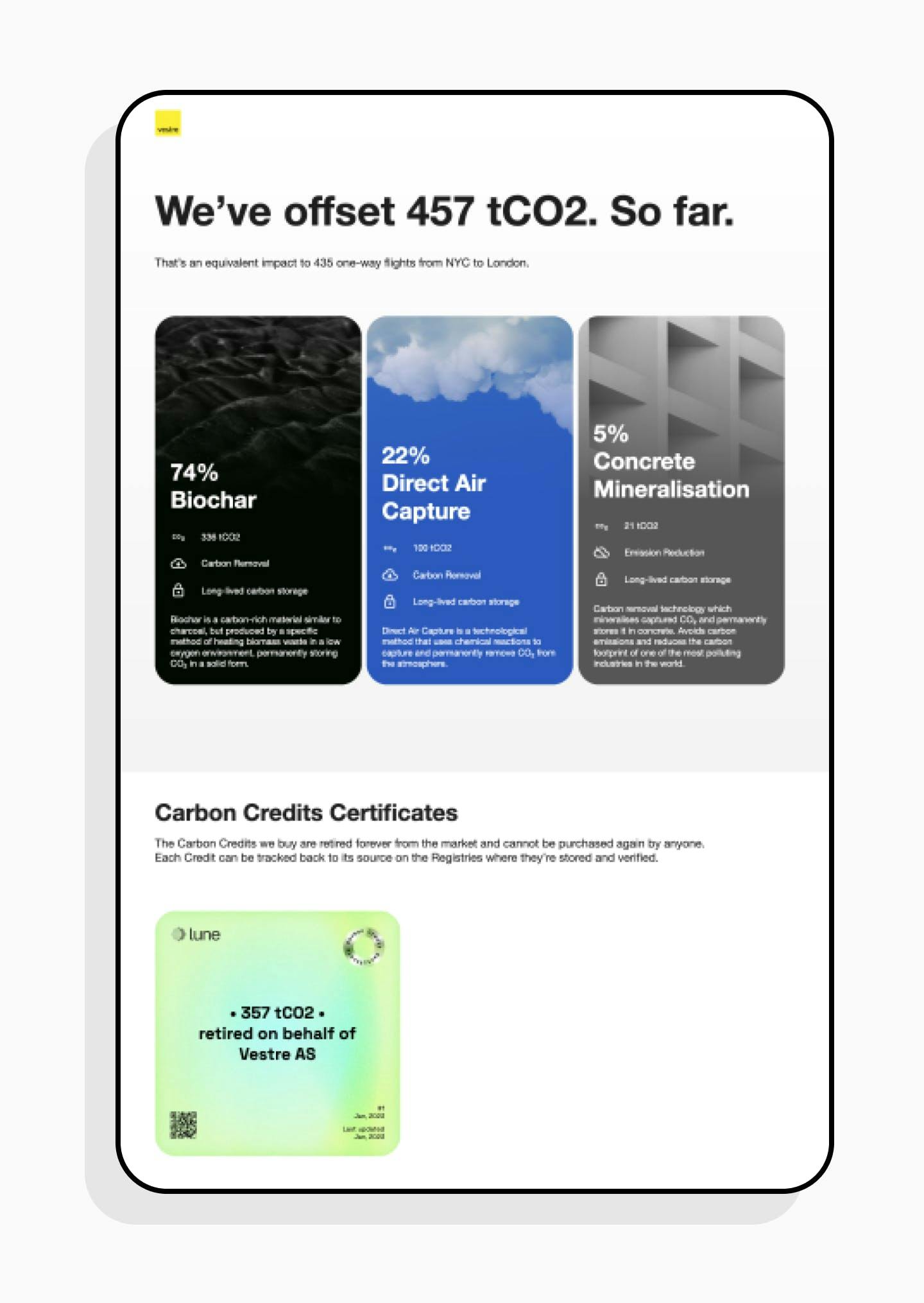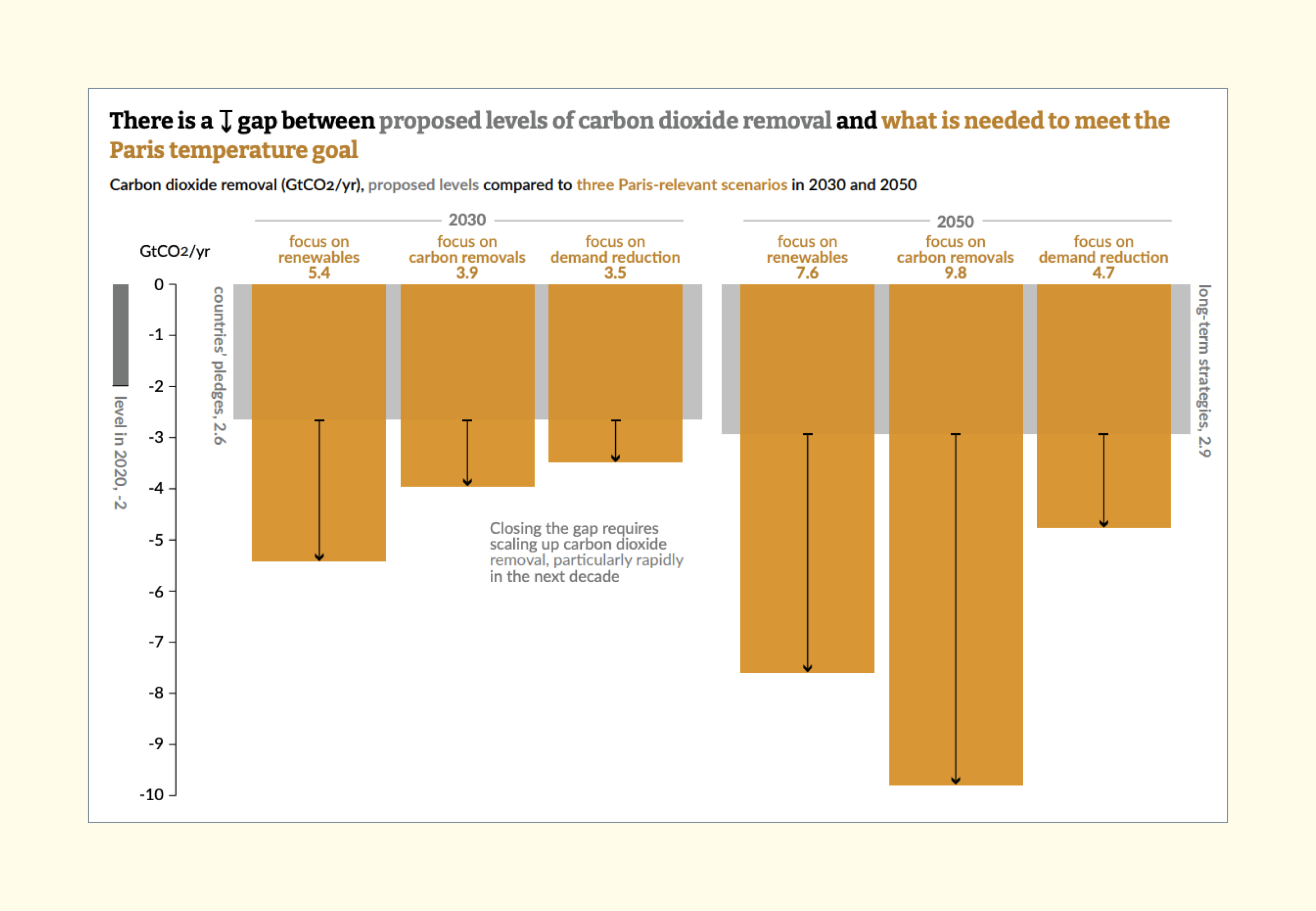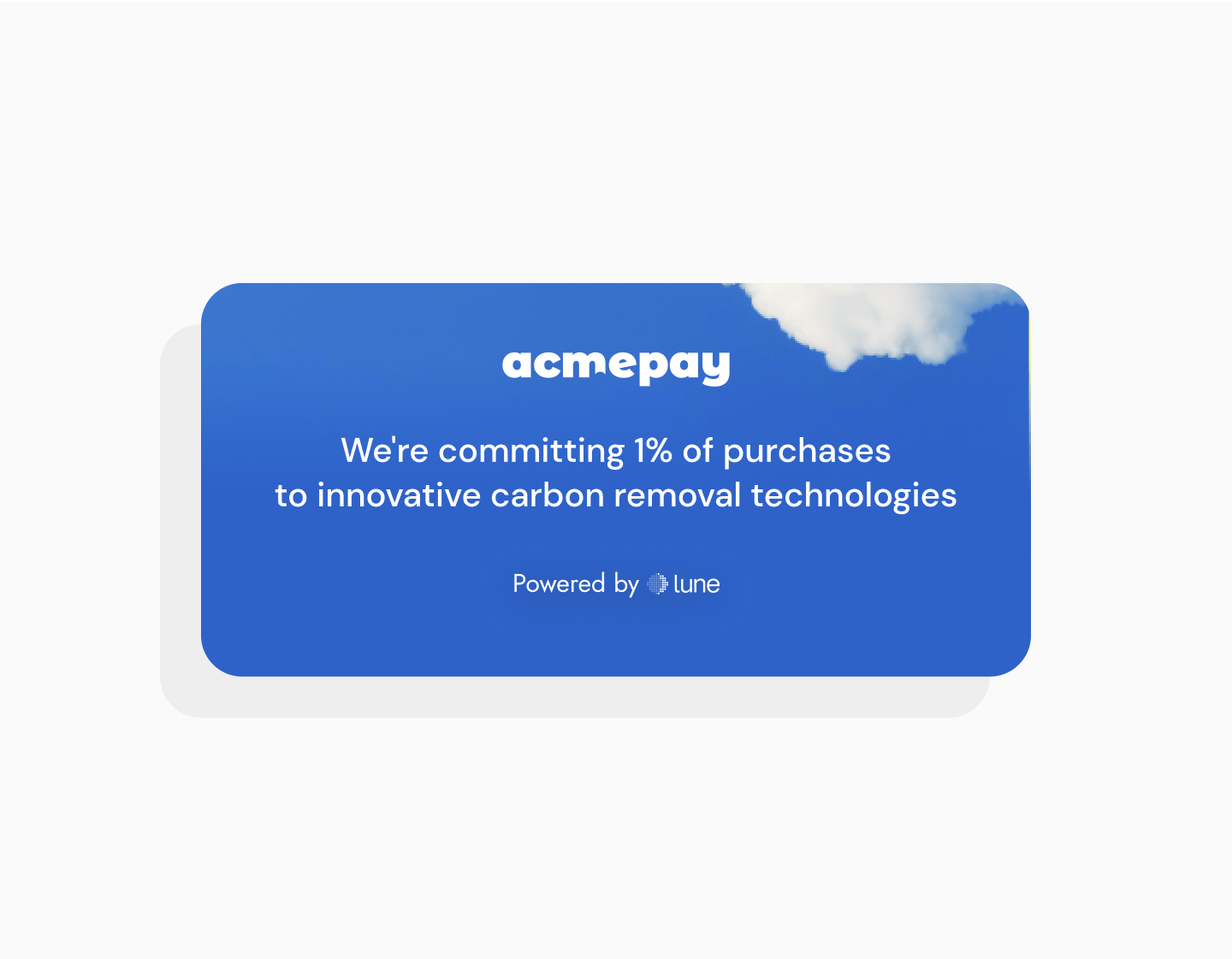

Shouldn’t we put all our energy into stopping carbon emissions from happening in the first place?
The reality? We desperately need to scale up solutions for both emissions reductions and carbon removal. ASAP.
Let's take a look at the argument for businesses to buy carbon removal today.
Why do we need carbon removal at all?
Drastic cuts in carbon emissions are needed to keep below 1.5 degrees of warming.
We’ve known that for a long time.
But global CO₂ emissions are not reducing.
In fact, aside from 2020 (an anomalous year due to Covid-19 inactivities), global emissions have continued to rise.
This needs to change.
But even if carbon emissions were to be massively reduced, it’s highly unlikely that we’d cut them enough to maintain 1.5 degrees of warming by 2050.
In their report 'Global Warming of 1.5 degrees' the Intergovernmental Panel on Climate Change (IPCC) analysed every viable pathway to keep us within 1.5 degrees of warming, and carbon removal is needed for almost all of them. Their best-case scenario is that we must be removing 10 billion tons of CO₂ from the atmosphere per year by 2050 – alongside an array of mitigation measures providing massive cuts to emissions too.
So, we need deep emissions-cutting activities and solutions to remove existing carbon from the atmosphere, both working in tandem towards that singular goal.
But, as it stands, we don't have the capacity for the carbon removal we need – we need to drastically scale up carbon removal.
We need to scale up carbon removal
Right now, we don’t have the means to remove those 10 billion tons of CO₂ each year that the IPCC says we need to.
By the end of 2021, we had permanently removed less than 10,000 tons of CO₂ from the atmosphere. Ever.
We need to be doing that a million times over every single year.
From Direct Air Capture (DAC) to ocean carbon removal to enhanced weathering, there are lots of exciting carbon removal projects in development.
 Photo credit to 1PointFive (left) and UNDO (right)
Photo credit to 1PointFive (left) and UNDO (right)But they’re all early-stage technologies.
Most are still in the research and development stage, working to prove that the technology is actually viable. After that, they still need to prove that the technology can be scaled to remove CO₂ from the atmosphere at the rate we need, and test and improve deployment.
This research and development phase is expensive – and there’s no guarantee that there will be buyers for the CO2 once the technology has been proved and developed. That makes it risky for the project developers.
If we want carbon removal of 10 billion tons per year by 2050, we need to speed up that process – providing massive amounts of funding now to project developers to enable them to scale up more quickly now, and to remove risk by providing a guaranteed market for purchasing the CO₂ once the technology is ready.
That means creating demand for carbon removal now, directing funding towards the projects working to find ways to remove carbon from the atmosphere at scale.
We’ve seen some exciting movements on this in recent years.
Most excitingly, in 2022 Stripe, Alphabet, Shopify, Meta, and McKinsey launched Frontier, an Advanced Market Commitment – a commitment to purchase CO₂ from promising carbon removal companies like Charm Industrial (bio-oil), Living Carbon (bio-tech enhanced reforestation), and Running Tide (ocean carbon removal) in advance of the CO₂ actually being removed – of $925 million over the next 9 years.
Not only does this guarantee future demand for the carbon removal from the technologies that Frontier supports, it also demonstrates that there is a growing demand and market for carbon removal technologies – sending a signal to researchers, entrepreneurs, and investors that this is a market to invest time and money into.
At Lune we're facilitating purchases like this too.
For instance, we worked with Vestre to help them buy permanent carbon removal from high-quality projects – part of their commitment to be a net zero company.
 Vestre's Sustainability Page, automatically generated via Lune
Vestre's Sustainability Page, automatically generated via LuneBut it isn’t enough yet.
The 2023 'State of Carbon Dioxide Removal' report found that there is a "yawning gap" between the amount of carbon removal that we need to meet climate targets, and current availability.
So, we need every company to commit to funding carbon removal.
 Diagram from the 2023 State of Carbon Dioxide Removal report
Diagram from the 2023 State of Carbon Dioxide Removal reportWhy businesses should buy carbon removal today
Ultimately, what these early-stage technologies need right now is large amounts of financial investment to scale.
And businesses are uniquely positioned to accelerate their development.
Carbon removal and net zero
For a start, many businesses today have made a public commitment to address their environmental impact. Many of them have made goals and targets to meet net zero emissions as a company by a certain date – just like Vestre have.
And to meet net zero, those companies need to buy carbon removal.
Why? Because it's almost impossible for companies to reach zero emissions from their activities across the entire value chain. Some emissions are unavoidable to run a business. These are known as 'residual emissions'. And to meet net zero, these residual emissions must be addressed by buying an equivalent amount of carbon credits from carbon removal projects to balance out those emissions.
Many companies are waiting until their net zero target date before they buy carbon removal.
But the climate crisis won't wait.
Truly climate-leading companies – like Vestre, and those involved in the Frontier portfolio – are committing to buying carbon removal today to help support the scale up of carbon removal technologies, and to address their own environmental impact today instead of in the future.
 Carbon project bundles shown within the Lune dashboard
Carbon project bundles shown within the Lune dashboardCarbon removal contributions
Most companies have a relatively small carbon footprint themselves, and so buying carbon removal to address residual emissions could still be a tiny amount.
At the same time, carbon removal is still very expensive today, so buying enough carbon credits in carbon removal projects to cover a company's residual emissions could be very costly.
So, instead some companies are opting to dedicate a set budget to funding carbon removal.
For instance, instead of calculating that your company is responsible for 100 tCO₂ per year, and buying 100 carbon credits in carbon removal projects to balance that out, you might determine that your company is able to set aside £10,000 per year to contribute towards the development and scale up of carbon removal projects. Or you might choose to contribute 1% of profits to carbon removal.
Often this focus on contribution instead of compensation leads to higher impact business sustainability decisions.

Embedded carbon removal for exponential impact
Businesses also hold huge power and influence within their products and services.
Take a logistics platform for instance.
They could embed emissions calculations into their platform, showing their business customers the carbon emissions of each logistics journey they book. They could then offer the option for customers to buy carbon removal to neutralise the emissions of that journey – or to contribute a certain amount to carbon removal.
And if every logistics journey became net zero by default, that would be game-changing for the scale up of carbon removal technologies and for tackling the climate crisis.

Want to explore buying carbon removal? Head to our article on the topic for more information: A guide to buying carbon removals as a business
Readers also liked
Readers also liked

Subscribe for emissions intelligence insights
Get the latest updates in the world of carbon tracking, accounting, reporting, and offsetting direct to your inbox.


